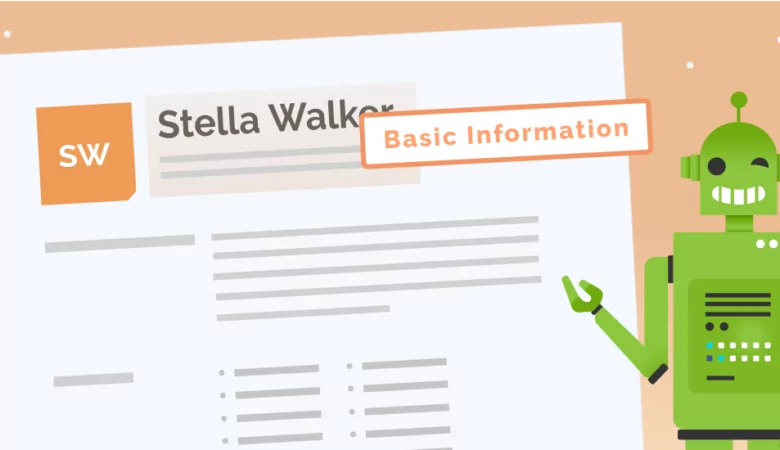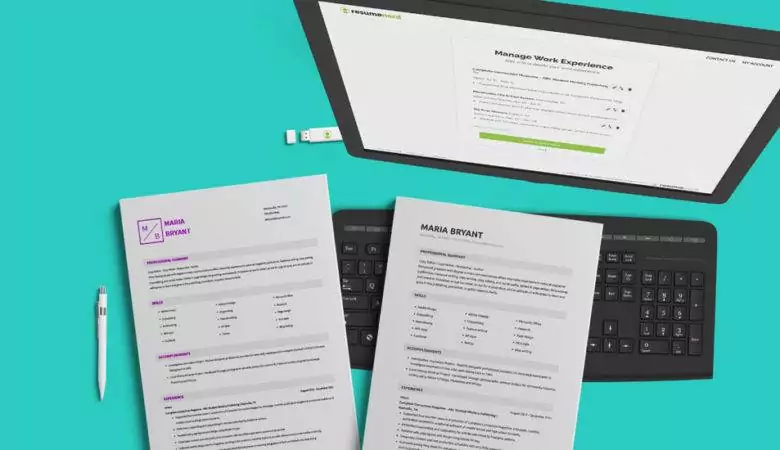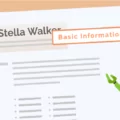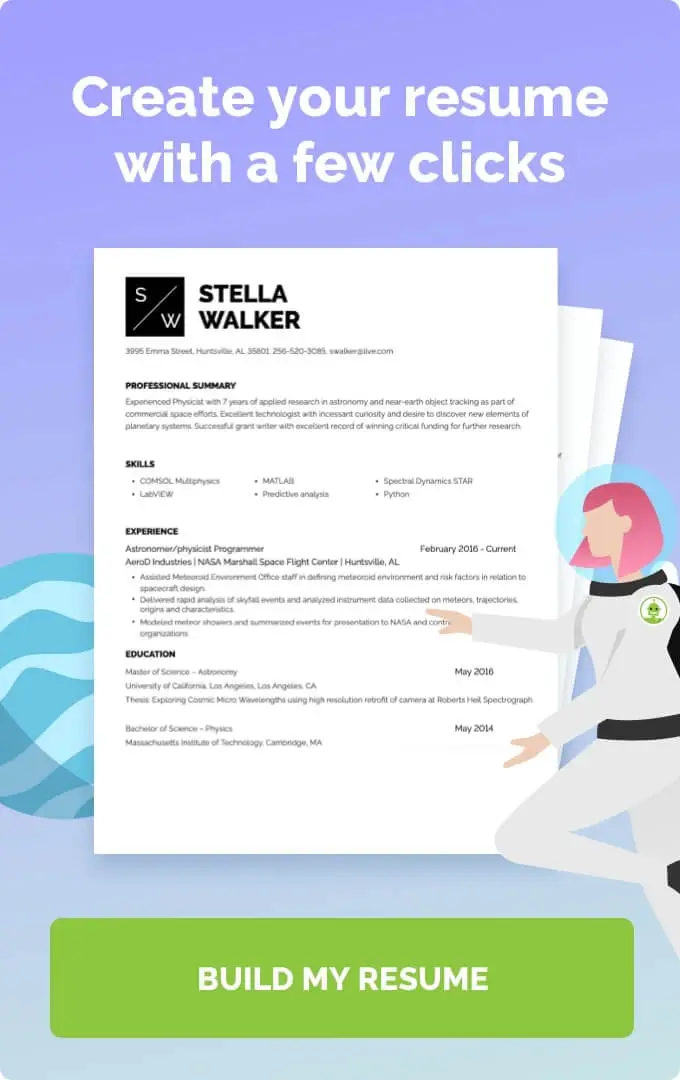The quality of your resume makes a huge impact on getting a job. Here’s some best practices for writing a resume.
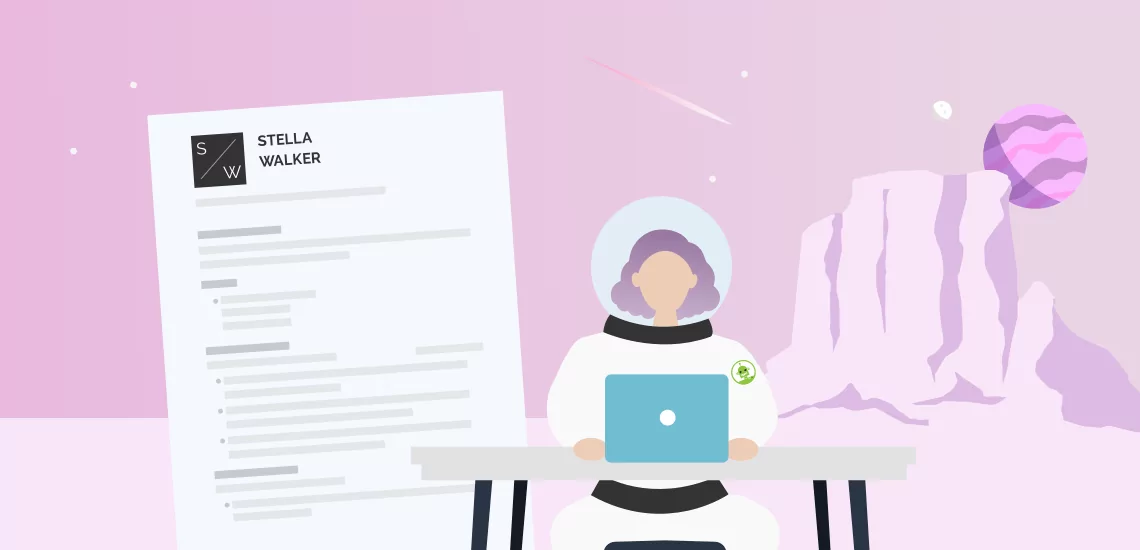
How to Write a Resume More Effectively
What Is a Resume?
A resume is a document that job seekers submit as a part of a job application. Resumes are meant to give hiring managers a snapshot of the skills, experiences and qualifications that make a job seeker ideal for the job they have applied for. Unlike a curriculum vitae, or CV, a resume is not a comprehensive list of experience and achievements. A resume should include only the information that is most relevant to the job ad. Likewise, while a CV focuses on academic accomplishments, a resume should be focused on your skills and work history. If you want to know more about the differences between a CV and a resume, ResumeNerd has all the information you need.
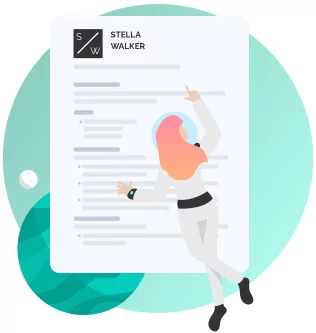
The Information You Should Put On Your Resume
Whether you want to update an old resume or you are about to begin resume writing for the first time, there are certain sections that should always be present in a good resume. These components are:
-
Contact information
Your full name, phone number, email address and any professional portfolio links you may have (for example, your LinkedIn profile) should go at the top of your resume. This placement ensures that a recruiter knows how to contact you for an interview if needed.
-
Relevant skills
Whether you have a large or small skills section, you should focus on those skills which closely match the skills listed in the job posting. Once you have addressed all of the main requirements of the job description, you can list supplementary skills. For example, if the job posting is for a programmer position and lists Python or CSS as a prerequisite, you’ll want to highlight these skills, along with supplementary skills such as design skills (if the role is front-end) and project management.
-
Work experience/history
When you list your work history, you should start with your current or most recent job title and work backward in reverse chronological order. Do not include more than 10 years of past work experience unless it is specifically requested that you do so.
-
Professional certifications
While this can be an optional section, if you work in a specialized role, or in a field that relies on specific technical skills or knowledge, professional certifications can be crucial. If you have certifications that are relevant to the job that you intend to apply for, then you should absolutely list them.
-
Education and achievements
As you gain professional work experience, your education will become less important. Nonetheless, there are certain professions that require specific education qualifications and related notable achievements (for example academic awards or specific coursework). Note your most recent or most advanced relevant academic qualifications on your resume.
If you include all of this information you will stand a good chance of creating a great resume that offers a concise professional summary. This should make a good first impression on recruiters.
Sample resume made with our builder – See more template and create your resume herer.
Choosing From the Three Resume Formats
Before you even start to write your resume, you should consider the format that you intend to use. Different formats have their own strengths and weaknesses, so you should try to choose the format that best suits your skill set and work experience. The three main resume formats are:
1. Chronological resume (reverse-chronological resume)
The most traditional resume format, a chronological resume, presents your professional experience in reverse chronological order. Your current or most recent job title should be listed at the top of your resume, right below your resume summary statement and header. Limit your listed work experience to 10 years unless potential employers request more. This format is best for those who have a lot of professional experience.
2. Functional resume
A functional resume format is one that prioritizes your hard and soft skills over your work history. When you use a functional format, your skills section should be at the top of your resume under your resume summary statement and header. Make the most of the space you have by using bullet points to list your soft and hard skills. This format is best if you have limited work history, or are applying to a job that values skills more than experience.
3. Combination resume (hybrid resume)
A combination resume fuses the strong points of the functional and chronological resume formats. This leads to a resume that puts equal focus on the skills and work history sections. The result is a resume with equally sized skills and work experience sections. This is a good option for most job seekers unless they work in specialist roles.
5 Tips To Write a Better Resume
If you want to write a truly stand-out resume that not only makes a good first impression on recruiters but also performs well with applicant tracking systems (ATS) that employers use to scan resumes, consider these tips:
-
Cross-reference the job description
Review the posting for the job that you are applying to. Look at the key skills, qualifications and experience that are required in a candidate. Your professional resume should reflect these requirements in the summary, skills, education and experience sections of your resume. Focus on hard skills and soft skills that are specifically listed in the job posting.
-
Check out relevant resume examples
Review resume examples that are relevant to your field of employment. Consider their education, skills and work experience sections for inspiration. Look at whether they list internships or volunteer work and take note of which soft skills they put the most emphasis on. Keep in mind that your level of experience is important. An exceptionally high GPA may be worth noting if you are fresh out of college, but once you have more work experience this will be less relevant.
-
Tailor your resume to each job application
Read the job description more than once and make a note of skills and certifications that are classed as crucial. Include these in your resume if you have them. This will make your resume more relevant to the specific job you are applying for.
-
Keep it to a single page
While it can be tempting to make a resume longer in order to include as many details as possible, a concise one-page resume will give you the best chance of getting a new job quickly. The exception to this is when you have a vast amount of professional experience or many certifications that are crucial to impressing potential employers. This is most common when a job search is focused on senior management positions.
-
Choose a simple layout
Unless you intend to work in a creative role, such as graphic design, your resume layout should be simple. Traditional professional resumes should have a clean-cut, minimalist layout in most cases. If you do work in a creative field and you want to have a resume that reflects this, you should be aware that infographic layouts can make a resume less friendly to ATS software.
In addition to these resume tips, use action verbs when writing your resume (e.g., “Managed a team” instead of “Was responsible for a team”). Active language helps you take ownership of your achievements and demonstrate your professional know-how in a persuasive way.
For even more help to create a great resume, make use of the ResumeNerd resume builder.
FAQ: How to Write a Resume
Connect your resume and cover letter visually by using similar color schemes, font sizes and font type. A consistent design will give your job application extra professionalism and make a good impression on hiring managers.
Yes, but you do not need to write an entirely new resume for each job application. You can simply tailor your resume to suit the job posting you are applying for. Our resume builder makes it easy for you to create and save different versions of your resume.
An ATS (applicant tracking system) is an AI program that many large companies use to assess job applications. These systems look for specific keywords, based on what employers target for the job, and rank the suitability of an application based on the presence or absence of keywords that denote skills, qualifications and previous work experience. If you want to help your resume pass ATS, you should mirror the language used in the job posting that you intend to apply for, particularly when it comes to skills and abilities.


